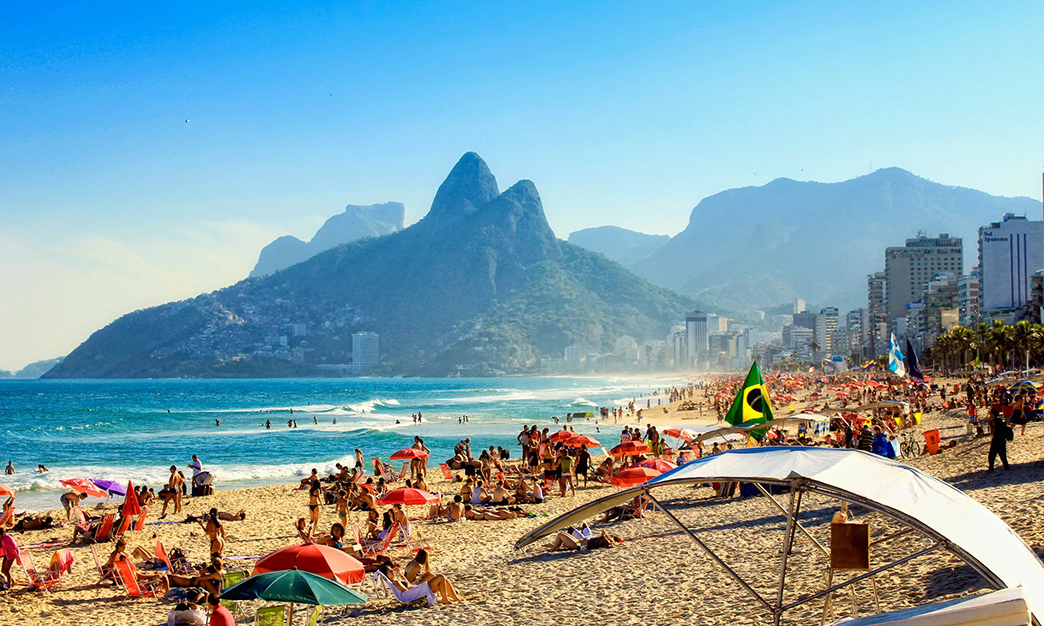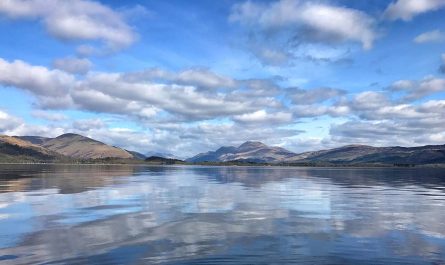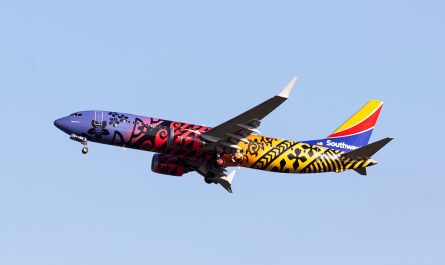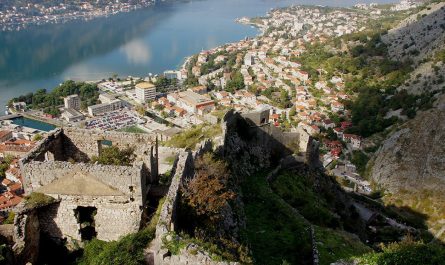Among the many destinations I’ve explored, Brazil stands out with its vibrant culture and breathtaking landscapes. If you’re planning a trip to Brazil, especially in September, this comprehensive guide will offer practical advice to help you fully enjoy this captivating country.
Understanding Brazil
1. Diverse Natural Landscapes
Brazil is renowned for its diverse natural scenery. From the lush Amazon Rainforest, which is the planet’s largest tropical rainforest, to the stunning Iguaçu Falls with their thunderous cascades, Brazil offers an array of awe-inspiring sights. The beaches of Rio de Janeiro provide the perfect setting for sunbathing and relaxation. Each location has its own unique charm and activities waiting for you to discover.
2. Rich Culture and History
Brazil’s culture is a vibrant mix of Portuguese, African, indigenous, and immigrant influences. The Rio Carnival, one of the world’s most famous festivals, showcases the country’s festive spirit and exuberance. Additionally, Salvador da Bahia is renowned for its African heritage, while São Paulo offers a rich tapestry of modern art and culture. Each city brings its own flavor and historical significance to the Brazilian cultural landscape.
3. Culinary Delights
Brazilian cuisine is as diverse as its landscape. From the unique flavor of Brazilian barbecue (Churrasco) to the sweet and savory Brazilian cassava cake (Bolo de Mandioca), the culinary experience is a true adventure. Don’t miss trying Brazil’s iconic cocktail, the Caipirinha, made with cachaça, sugar, and lime—a refreshing and invigorating drink.
Essential Tips for Traveling in Brazil
1. Entry Requirements
Passport Validity
When planning a trip to Brazil, the first and foremost requirement is to ensure you have a valid passport. Your passport should be valid for at least six months beyond your intended departure date from Brazil. This is a standard requirement to avoid any complications at the border, as many countries require this buffer period to ensure that travelers have sufficient validity for their stay.
Visa Requirements
Visa requirements for Brazil vary depending on your nationality. For instance:
- Visa-Exempt Countries: Citizens from certain countries, such as the United States, Canada, Australia, and many European Union nations, typically do not require a visa for short stays (up to 90 days) for tourism purposes. However, this exemption can change, so always verify the current requirements based on your nationality.
- Visa-Required Countries: If you are from a country that requires a visa, you will need to apply for a Brazilian tourist visa before your trip. The application process generally involves submitting a completed visa application form, a valid passport, a recent passport-sized photograph, proof of onward travel, and proof of sufficient financial means for your stay. It’s advisable to check the Brazilian consulate or embassy’s website in your home country for the most up-to-date information and application procedures.
Health Requirements
Additionally, it is important to be aware of any health requirements or vaccinations needed before entering Brazil. For example, travelers from countries with a risk of yellow fever transmission are typically required to show proof of vaccination. Checking the latest health advisories and required vaccinations is crucial before traveling.
2. Currency and Payment
Currency
The official currency of Brazil is the Brazilian Real (BRL). As of the latest exchange rates, one Brazilian Real is divided into 100 centavos. Familiarizing yourself with the current exchange rate will help you manage your budget more effectively.
Payment Methods
- Credit and Debit Cards: Major cities and tourist areas in Brazil generally accept credit and debit cards, including Visa and MasterCard. Cards are widely accepted at hotels, restaurants, and large stores. However, it’s wise to inform your bank about your travel plans to avoid any issues with card usage abroad.
- Cash: Despite the prevalence of card payments, carrying cash is advisable, particularly for transactions in smaller shops, local markets, and in rural areas where card facilities may be limited. You can withdraw Brazilian Reais from ATMs, but be aware of foreign transaction fees that may apply.
Exchanging Money
ATMs: ATMs are widely available in cities and towns. They often provide competitive exchange rates, but it’s important to be aware of any fees associated with international withdrawals. Using ATMs during banking hours is generally safer, and it’s a good practice to use machines located in secure areas.
Currency Exchange: You can exchange your home currency for Brazilian Reais at airports, banks, and exchange offices. Be cautious of exchange rates and fees, as rates can vary significantly. For better rates, consider exchanging money at banks or larger exchange offices rather than at airport kiosks.
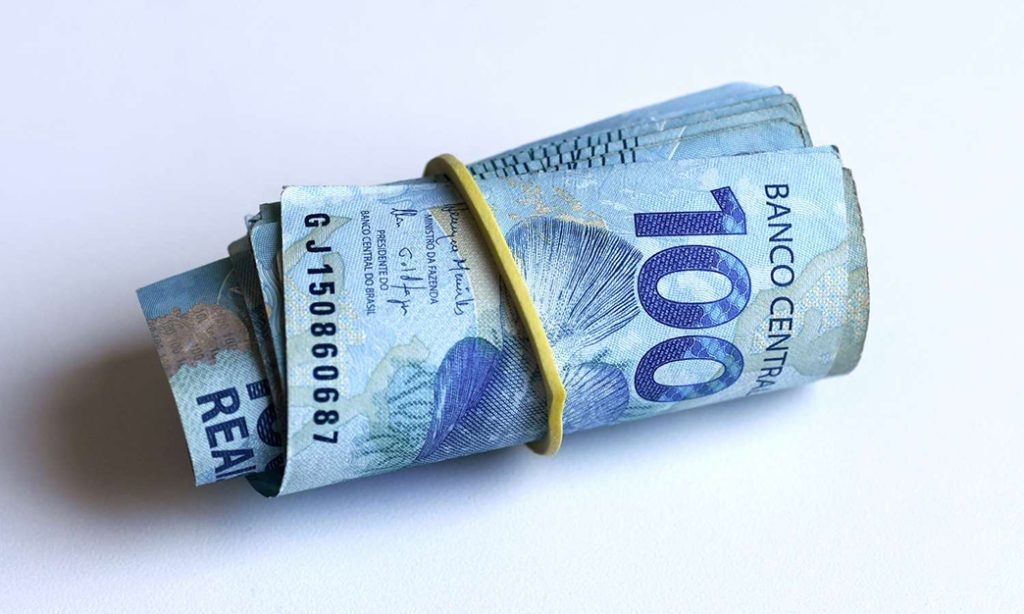
3. Language
Official Language
Portuguese is the official language of Brazil. It is essential to note that Brazilian Portuguese differs slightly from the Portuguese spoken in Portugal, particularly in terms of pronunciation and vocabulary.
Communication Tips
Translation Tools: If you’re not fluent in Portuguese, having a translation app on your smartphone can be very helpful. Apps like Google Translate can assist with both text and voice translations, making communication easier.
English Speakers: While English is spoken in major tourist areas, hotels, and restaurants in larger cities like São Paulo and Rio de Janeiro, it is not universally understood across the country. Learning a few basic Portuguese phrases can greatly enhance your travel experience and interactions with locals.
Useful Phrases: Consider learning some key phrases such as “Obrigado/Obrigada” (Thank you), “Por favor” (Please), “Desculpe” (Sorry), and “Onde fica…?” (Where is…?).
4. Safety Tips
General Safety
Brazil is known for its vibrant culture and lively atmosphere, but like any large country, it has areas with varying levels of safety:
Avoiding Risky Areas: Research and avoid neighborhoods known for high crime rates, especially after dark. Major cities have areas where tourists might be targeted for petty theft or scams.
Traveling Smart
Emergency Contacts: Familiarize yourself with emergency contacts in Brazil, including local emergency services and your country’s embassy or consulate. Having these contacts readily available can be crucial in case of any unforeseen situations.
Reputable Travel Agencies: When booking tours or excursions, choose reputable travel agencies or tour operators with good reviews. This can help ensure a safer and more enjoyable experience.
Local Safety Conditions: Before venturing into new areas, check local safety conditions through reliable sources such as travel advisories from your government or local news. Stay informed about any recent incidents or safety alerts.
Personal Belongings: Keep your personal belongings secure and be vigilant in crowded areas, as petty theft can occur. Use a money belt or hidden pouch to carry your valuables.
What to Pack for Brazil in September
1. Light Clothing
September marks the beginning of spring in Brazil, with temperatures starting to rise. Light, breathable clothing such as T-shirts, shorts, and dresses are ideal for the warm weather. However, temperatures can vary, so packing a light jacket or sweater for cooler evenings is also recommended.
2. Sun Protection
Brazil’s sun is intense, particularly on the beaches and during outdoor activities. Bring high-SPF sunscreen, a sun hat, and sunglasses to protect yourself from harmful UV rays. Proper sun protection is crucial for avoiding sunburn and enjoying your outdoor adventures.
3. Insect Repellent
If you plan to visit tropical regions such as the Amazon Rainforest, insect repellent is essential. Brazil is home to mosquitoes that can transmit diseases like dengue fever and yellow fever. Using repellent and wearing long sleeves and pants will help minimize the risk of mosquito bites.
4. Basic Medications
Carrying a small supply of basic medications such as cold medicine, pain relievers, and digestive aids is useful for addressing minor health issues. While Brazil has a good supply of medications, having your own stock can be convenient during your travels.
Transportation in Brazil in September
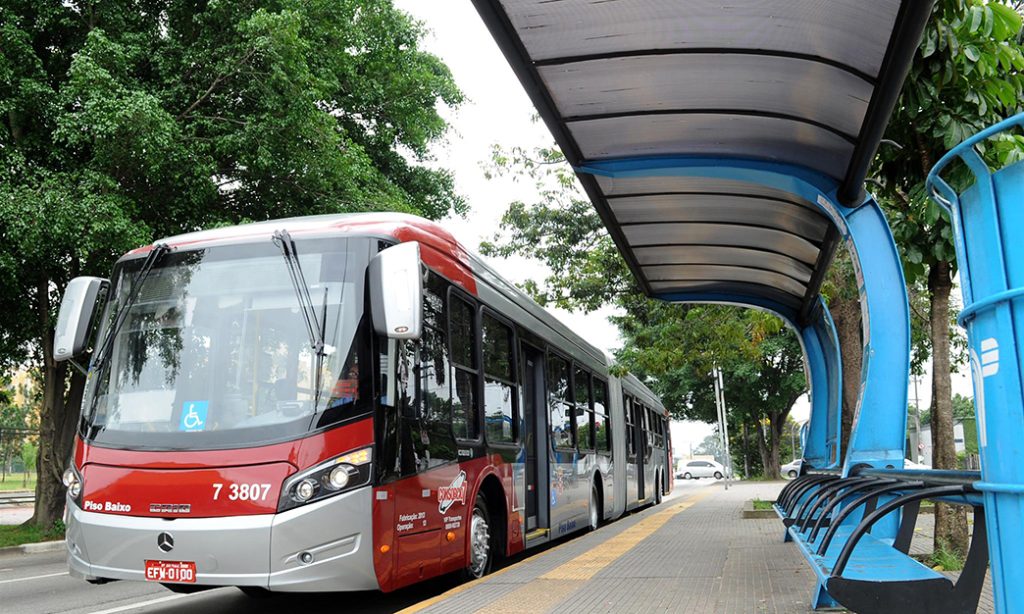
1. Domestic Flights
Brazil is a vast country, and traveling between cities can be time-consuming. Domestic flights are a practical and efficient option. Major airlines such as Gol, LATAM, and Azul offer flights covering most cities. Booking your tickets in advance can help you secure better rates, especially during peak travel seasons or holidays.
2. Public Transportation
In Brazil’s large cities, public transportation systems are well-developed. Rio de Janeiro and São Paulo have extensive subway and bus networks, providing affordable and convenient travel options. For intercity travel, long-distance buses are a popular and cost-effective choice.
3. Car Rentals
For those who prefer to explore at their own pace, renting a car is a flexible option. September’s weather is ideal for road trips. When renting a car, familiarize yourself with local driving regulations and choose a reputable rental company. Having a GPS or map app can also make navigation easier.
4. Taxis and Ride-Sharing
In urban areas, taxis and ride-sharing services (like Uber and 99) are widely used. These services offer convenient transportation, especially when exploring cities. Using ride-sharing apps can be a straightforward way to get around if you’re unfamiliar with local transit.
Brazil is a country of incredible diversity and vibrancy, offering a wealth of experiences from stunning natural landscapes to rich cultural experiences and delicious cuisine. When traveling in September, proper preparation and understanding of local conditions—such as weather, transportation, language, and safety—will ensure a smooth and enjoyable trip. From pristine beaches to bustling cities, tropical rainforests to historical landmarks, Brazil has something special for every traveler. I hope this guide helps you make the most of your Brazilian adventure and creates lasting memories of this captivating destination.
